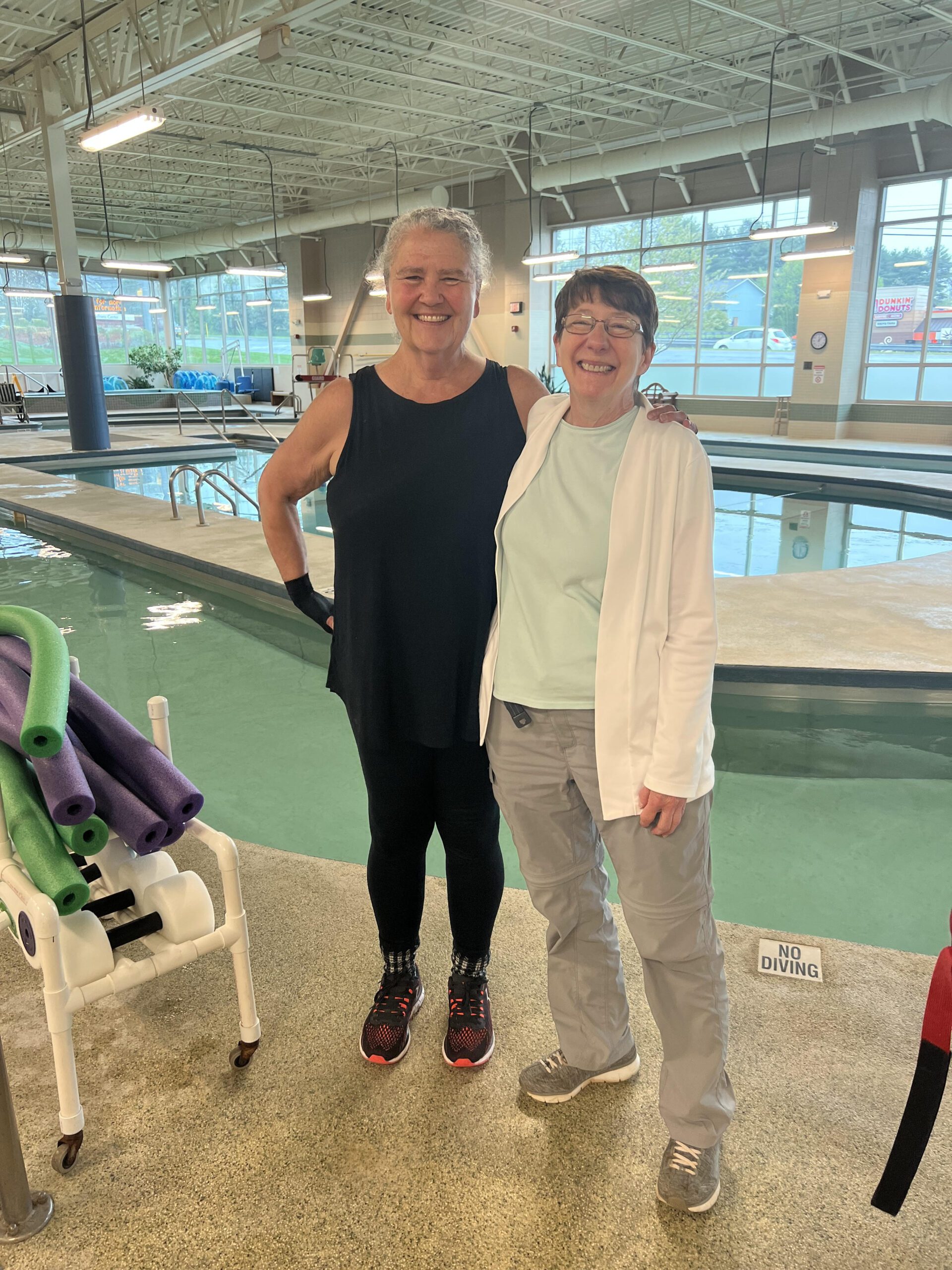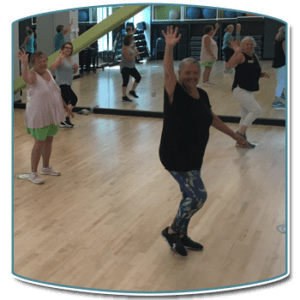According to the Arthritis Foundation, nearly 53 million adults have doctor-diagnosed arthritis, and that number is expected to grow to 67 million by 2030. Why the increase? As scientists work to answer this question, factors under consideration include longer lifespan; increasing obesity, which causes more wear and tear on joints; and a more sedentary lifestyle, which leads to weaker joints and surrounding muscles that provide support to joints.
Proper management efforts are important to help reduce the disease’s impact. According to the American College of Sports Medicine (ACSM), the key to dealing with arthritis is to keep moving. ACSM points out that regular physical activity can reduce pain and decrease stiffness (plus additional benefits). Personal trainer and group fitness instructor Sharon Steele agrees. “Motion is lotion,” she observes, referring to the “lotion” of the synovial fluid that provides lubrication to joints.
Sharon is certified by Aquatic Therapy & Rehab Institute, the Aquatic Exercise Association, and the Arthritis Foundation to provide aquatic therapy, rehabilitation and therapeutic exercise that can benefit individuals with arthritis. The classes she teaches that can help alleviate arthritis symptoms, such as Joint Tune-up, focus on movement to improve functional ability, mobility and muscle strength. Self care is also a focus through learning to reduce the fatigue, pain and stiffness that are common to arthritis. Sharon points to Arthritis Mobility Essentials, Liquid Silver, Muscle Max, Fluid Pilates, Senior Strength, and gentle yoga classes as particularly beneficial for arthritis sufferers. Another benefit is the camaraderie that develops from participating in a shared experience with others facing similar challenges.
PWC member Beth Aitcheson regularly participates in PWC classes and especially enjoys Liquid Silver in the pool. She is pleased with the improved mobility she has experienced. “I’m in Liquid Silver twice a week,” says Beth, “and have seen the benefits to my shoulder, hands and knees. I have much more range of motion, particular with my shoulder, and have the ability to lift higher than I did before.”

Sharon Steele and Beth Aitcheson
Prevention efforts and early joint care can also be helpful. Sharon points out that as life spans increase, joint wear and tear is inevitable. However, all ages can focus on moving with proper alignment and body mechanics to help prevent or minimize future challenges. “I focus on teaching how to use muscles for strength, rather than relying on your joints,” Sharon says. She points out, “You want to minimize the wear and tear. With strengthening and proper movement, you can carry through extension and full range of motion when pain free. You’ll discover you can enjoy activities far longer than you expect, with little to no repercussions. One of my clients with arthritis was only able to garden for 20 minutes at a time, and now enjoys working in her garden for two hours. What a positive lift!”
If you have joint pain, this article on the Arthritis Foundation site may be a helpful first step to learning more:
Speak with your doctor to develop a management plan that works for you. If you have questions about incorporating exercise into your arthritis management, please connect with Sharon (ssteele@culpeperwellness.org) or medical program manager Whitney Propps (wpropps@culpeperwellness.org)

